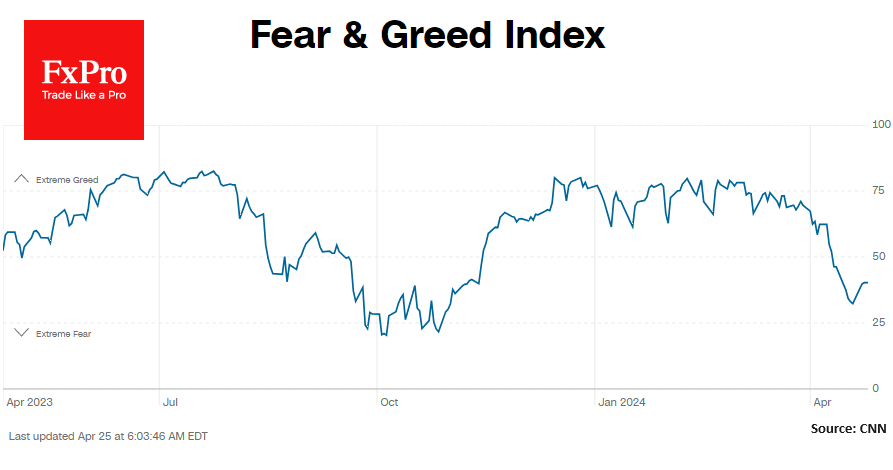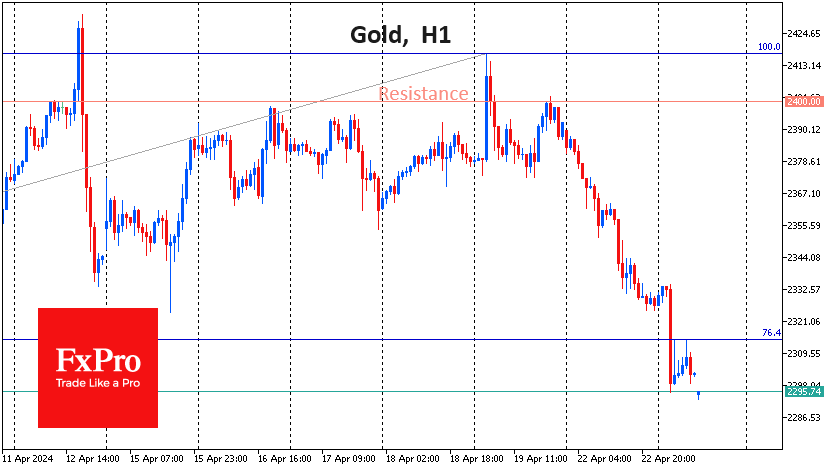These chart show the dramatic increase in China’s debt
June 29, 2021 @ 11:10 +03:00

China’s debt has grown dramatically over the past decade and is one of the biggest economic challenges confronting the ruling Chinese Communist Party, which turns 100 this week. Beijing identified the ballooning debt pile as a potential threat to economic stability, and in recent years tried to reduce the country’s reliance on debt for growth. But that deleveraging effort came to a pause for much of last year due to Covid-19.
The pandemic last year hit China’s economic growth and prompted authorities to make it easier for companies to get loans. As a result, China’s debt — measured against the size of its economy — soared to record levels in 2020. China accumulated debt rapidly in the wake of the global financial crisis in 2007 and 2008, when authorities doled out a massive stimulus package that was largely funded through bank loans. The country’s debt levels stabilized for several years before accelerating again to reach an all-time high of nearly 290% of gross domestic product in the third quarter last year, data by the Bank of International Settlements showed. But China isn’t the only country that recorded a surge in debt in 2020.
The corporate sector in China accounted for a large proportion of total debt at more than 160% of GDP, according to BIS data. Meanwhile, government debt made up the largest share of total debt in both the U.S. and Japan, the data showed. With its economy recovering from the pandemic, China has renewed a multi-year effort to rein in debt in recent months — after pausing for much of last year. That effort has shown some results. China’s outstanding total social financing, a broad measure of credit and liquidity in the economy, rose 11% from a year ago at the end of May — slowing from a 11.7% growth a month earlier.
These charts show the dramatic increase in China’s debt, CNBC, Jun 29







